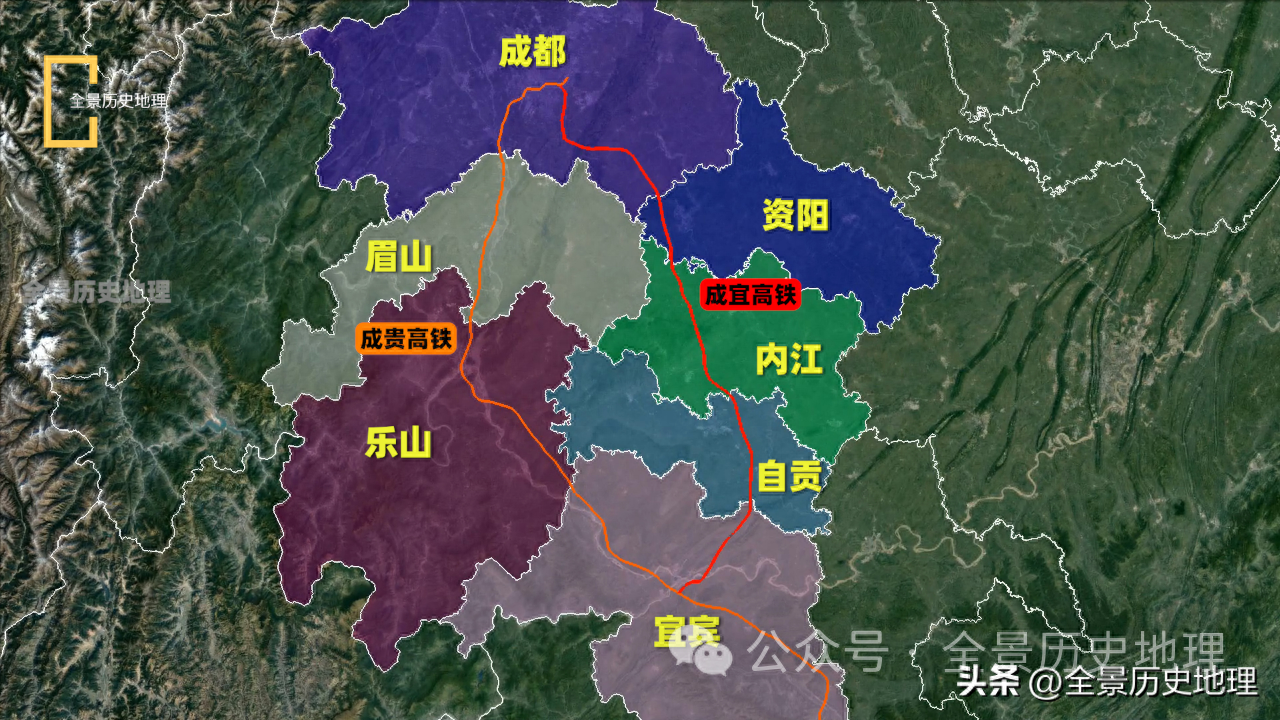The total investment exceeds hundreds of billions, and how difficult is the Sichuan Tibet Railway? It is at least 10 years before the completion of the entire line
In recent years, China has embarked on a massive project costing hundreds of billions, aimed at strengthening the connection between Tibet and other provinces and regions. This project aims to lay a railway line from the Sichuan region to Tibet, known as the Sichuan Tibet Railway
In recent years, China has embarked on a massive project costing hundreds of billions, aimed at strengthening the connection between Tibet and other provinces and regions. This project aims to lay a railway line from the Sichuan region to Tibet, known as the Sichuan Tibet Railway. Although China has made significant progress in infrastructure construction technology, the construction of the Sichuan Tibet Railway is still full of challenges. The entire line is expected to require at least another 10 years of construction time, with a total investment of nearly 400 billion yuan, indicating the importance of the railway for Tibet and Sichuan regions.

The starting point of the Sichuan Tibet Railway is located in Chengdu, and the ending point is Lhasa in the Tibet Autonomous Region. It has a total length of 1838 kilometers and a designed speed of 120-200 kilometers per hour. Although Sichuan and Tibet appear to be connected on the map, there are actually obstacles such as the Hengduan Mountains between the two places. To connect the railway transportation between these two regions, various geological challenges must be overcome.

During the construction of the Sichuan Tibet Railway, engineering personnel need to cross 7 major rivers and 8 snow capped mountains. When the route crosses the western Sichuan gorge and enters the Qinghai Tibet Plateau, the altitude will rapidly increase from 600 meters to over 2700 meters. In order to solve the problem caused by this height difference, the designer adopted a large number of Z-shaped curves, while crossing canyons and mountains through tunnels and bridges to reduce unnecessary road lengths, reduce engineering time and raw material requirements.

In addition, similar to the Qinghai Tibet Railway, the Sichuan Tibet Railway also faces the challenge of permafrost on the plateau. This type of frozen soil becomes hard when the temperature drops, but softens when it warms up in spring, leading to track settlement. Fortunately, China has accumulated relevant data and technical experience from the construction of the Qinghai Tibet Railway, using underground heat rods to absorb the heat of frozen soil and maintain its frozen state, providing solid support for the railway.

The construction of the Sichuan Tibet Railway faces many challenges, resulting in an estimated completion time of 10 years. However, once completed, the importance of the railway to Tibet is self-evident. It will significantly improve the transportation speed of goods and personnel, promote the economic development of Tibet, and benefit from the driving role of cities in developed eastern regions.
Disclaimer: The content of this article is sourced from the internet. The copyright of the text, images, and other materials belongs to the original author. The platform reprints the materials for the purpose of conveying more information. The content of the article is for reference and learning only, and should not be used for commercial purposes. If it infringes on your legitimate rights and interests, please contact us promptly and we will handle it as soon as possible! We respect copyright and are committed to protecting it. Thank you for sharing.(Email:[email protected])



















